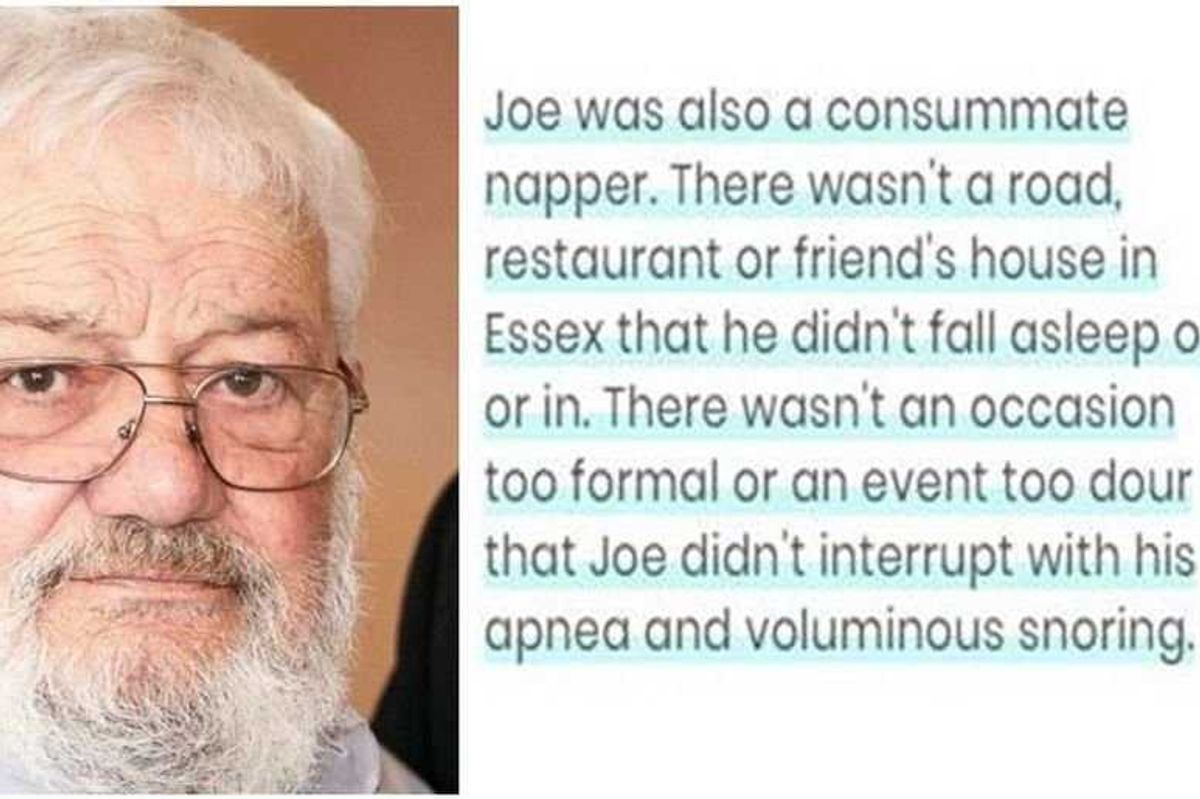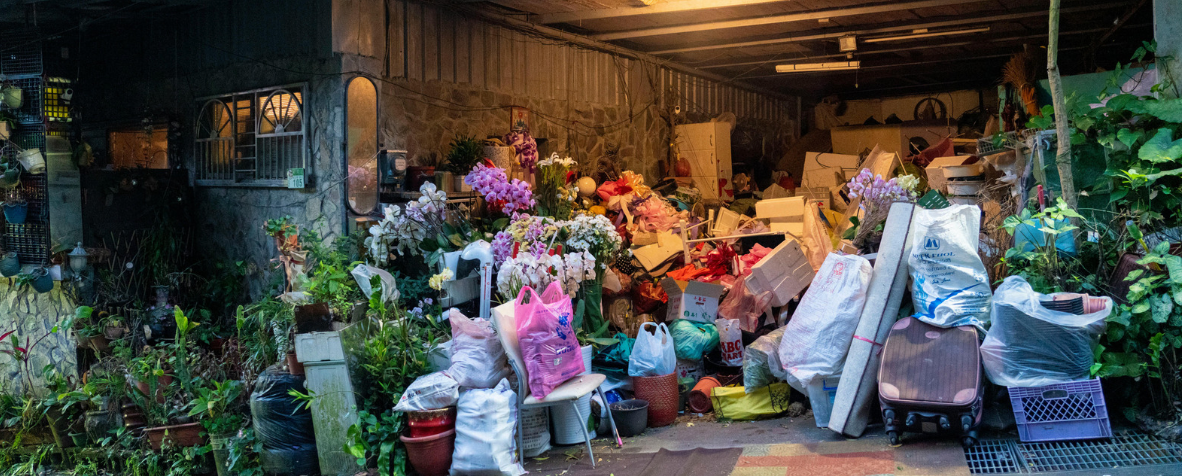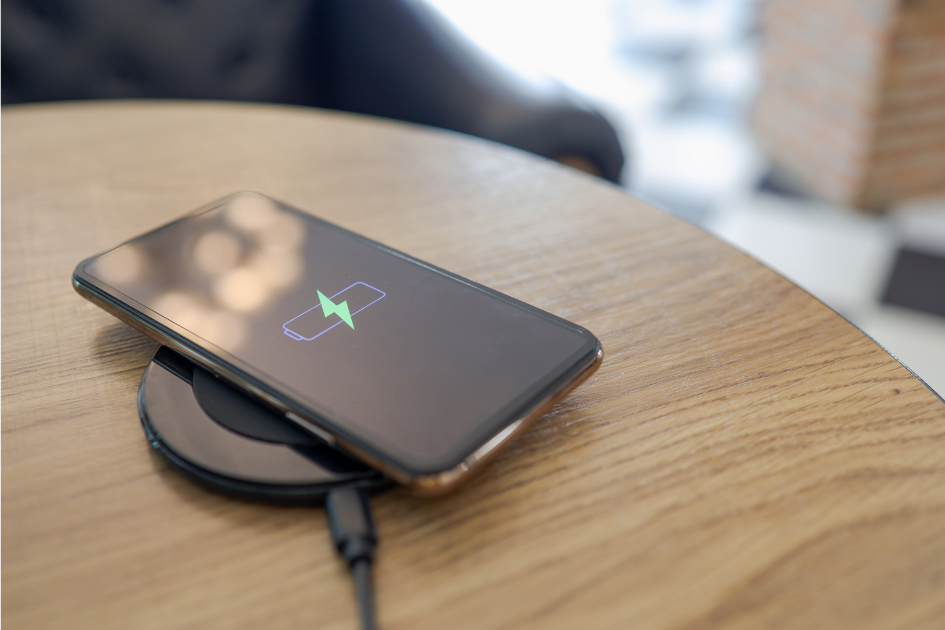A magical thing happens when registering to vote becomes easier — or, if you can even imagine, effortless.
Case in point: Oregon.
Image via iStock.
In 2015, Oregon passed a law utilizing the state's DMV to significantly increase the number of people registered to vote.
Under the new provision, any Oregonian who interacts with the state's Department of Motor Vehicles (to, say, get a new driver's license) sees their information automatically sent to the secretary of state's elections division, registering them as a voter.
A resident would need to opt out — not opt in — to the voter registration process.
Photo by Don Ryan/AP.
As The New York Times reported in December, the new law was deemed a big success shortly after the 2016 election as more than 225,000 Oregonians became new registrants through the DMV (not too shabby for a state of about 4 million).
Now, a new report from the Alliance for Youth Action is pinpointing who, exactly, headed to the polls in Oregon during the election.
Of all the states, Oregon saw the largest spike in voter turnout among young people and people of color between the last two presidential elections. It shows the automatic voter registration law did precisely what it was intended to do: help boost turnout, particularly among demographic groups that needed it most.
Millennials — who tend to move around more often than their parents (which complicates their voter registration process) — and people of color — who face obstacles, often politically-motivated, that suppress their vote — generally lag behind other groups in terms of election day turnout.
57% of people ages 18 through 29 voted in the 2016 election — up from just 37% in 2012, according to the report from the Alliance for Youth Action. And a whopping 79% of people of color voted last November — up from 53% in 2012.
Those figures mark impressive 20% and 26% swings, respectively.
"The state already had one of the highest turnout rates in the country, and now it’s building an ever stronger voter base," Allegra Chapman, director of voting and elections at Common Cause, told HuffPost. "This is definitely the direction in which the country needs to go: amplifying all eligible voices to create a democracy that accounts for all."
Efforts to pass automatic voter registration laws, like the one in Oregon, are cropping up across the country. But so, too, are laws quietly intending to do just the opposite.
States like California, Vermont, West Virginia, and Connecticut have followed in Oregon's footsteps, implementing similar measures to simplify the voter registration process for constituents. Many other states, usually controlled by Republican legislatures, have moved in the opposite direction in recent years, passing laws that further crack down on who can vote and when they can do it.
Photo by Don Ryan/AP.
Laws that require a voter to show up to the polls with a valid photo ID have been touted by Republicans as a means to stomp out voter fraud. But voter fraud isn't a widespread problem, research has found, and the restriction disproportionately prevents people of color from voting — a group that, conveniently enough, tends to vote blue.
Other states have limited early voting as well — a move that, again, affects non-white voters to a larger degree.
"Access to the ballot matters," Sarah Audelo, executive director of the Alliance for Youth Action, noted to HuffPost. "As a country, we should be taking a hard look at ourselves to see what are we doing to make sure that our people are able to vote, that they’re able to participate in our democracy."
Because, as Oregon showed us, our democracy works better when more of us are at the table.



 TikTok · Ale
TikTok · Ale

 Joe Heller and a doctor talking to a patient.
Joe Heller and a doctor talking to a patient. A man proposing to a woman at sunset.via
A man proposing to a woman at sunset.via  A hoarder's garage.Image
A hoarder's garage.Image 

 Phone charging.
Phone charging. bill nye chemistry GIF by NETFLIX
bill nye chemistry GIF by NETFLIX 
 Autumn created this piece when she was just 5 years old.Autumn de Forest
Autumn created this piece when she was just 5 years old.Autumn de Forest  Autumn de Forest paints Autumn de Forest
Autumn de Forest paints Autumn de Forest  An Autumn de Forest paintingAutumn de Forest
An Autumn de Forest paintingAutumn de Forest 
 Autumn de Forest stands with the Pope who looks at one of her paintings Autumn de Forest
Autumn de Forest stands with the Pope who looks at one of her paintings Autumn de Forest 
 Jim Carrey Idk GIF
Jim Carrey Idk GIF  A young Adriano Celentano singing on stage By Collezione Biblioteca Comunale G.D. Romagnosi, Salsomaggiore Terme, Public Domain,
A young Adriano Celentano singing on stage By Collezione Biblioteca Comunale G.D. Romagnosi, Salsomaggiore Terme, Public Domain,